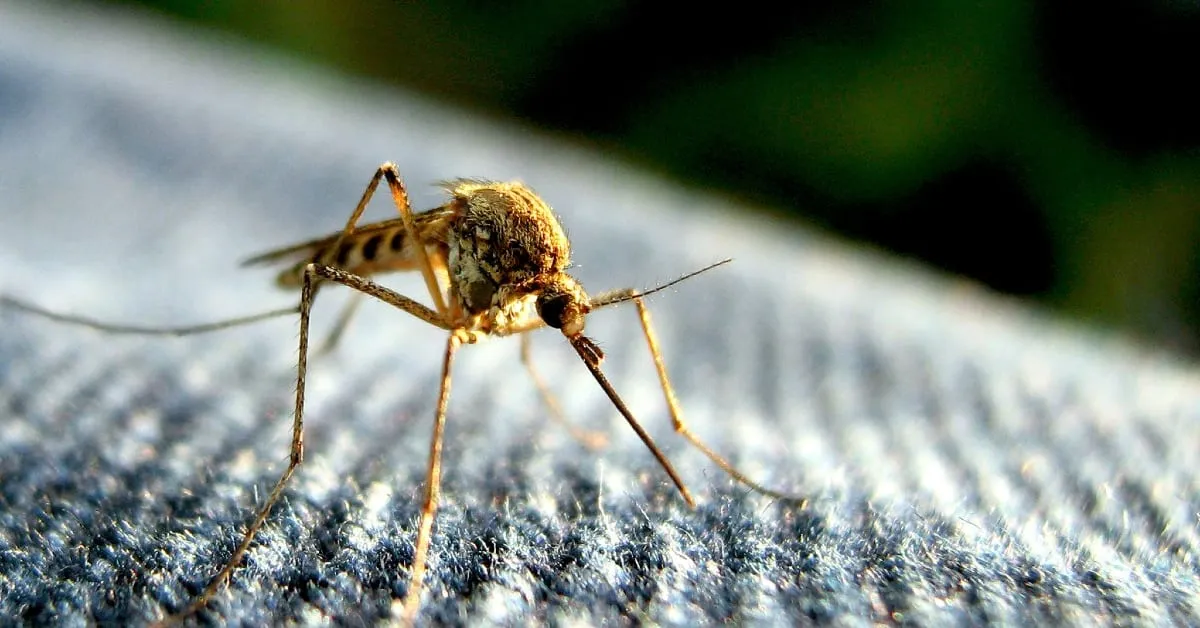
This summer, the Twin Cities metro area is experiencing a surge in mosquitos that are primarily responsible for the transmission of the West Nile virus. A recent update from the Metropolitan Mosquito Control District (MMCD) indicates that while the populations of cattail mosquitoes and floodwater mosquitoes have shown a slight decline over the past week, the presence of the Western Encephalitis Mosquito—the species most responsible for spreading the West Nile virus to humans in Minnesota—has reached record-high levels in the seven-county metro area.
In a thorough analysis of 133 pools of mosquitos, the MMCD reported that 34 of these samples tested positive for the West Nile virus. This alarming positivity rate is notably unusual for this time of year, as such levels are typically observed in late August. The presence of the virus in the mosquito population serves as a stark reminder of the ongoing public health challenge posed by mosquito-borne diseases.
In addition to rising mosquito numbers, the Minnesota Department of Health (MDH) has confirmed the state's first case of human infection with the West Nile virus in Dakota County. This marks a concerning development as last year saw a total of 35 human cases reported across the state. Since its first detection in Minnesota in 2002, the West Nile virus has become increasingly widespread, raising awareness about the importance of preventive measures against mosquito bites.
As the mosquito population continues to thrive, residents are urged to take precautions to protect themselves from mosquito bites and potential infection. Utilizing insect repellent, wearing long sleeves and pants during peak mosquito activity, and eliminating standing water around properties are all effective strategies to reduce exposure to these disease-carrying insects.
By staying informed about the risks associated with the West Nile virus and taking proactive measures, the community can better safeguard its health and well-being during this mosquito-heavy season.